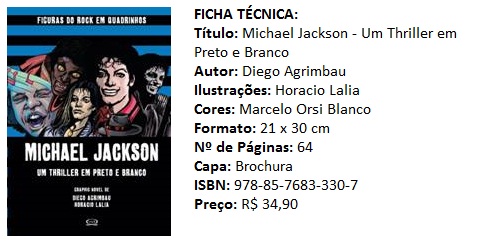

Solano López must also be credited with employing, training and encouraging a young cartoonist who would go on to become one of the most honored artists in the comics world: José Muñoz. in 1986) and especially two deeply despairing works written by his son Gabriel, Historias Tristes and the standalone graphic novel Ana, which ends with the naked corpse of his heroine on a garbage dump, half eaten by vultures. Like most Argentineans, Solano López was affected by that country’s political turmoil (Oesterheld became one of the political “desaparecidos” in 1977) and he was forced into exile several times when the authorities started casting a suspicious eye on his work, which often featured themes of corruption and repression - themes that flowered most distinctly in the comics he created during these exiles to Spain and elsewhere, including the brutal, dark detective series Evaristo (written by Sinner writer Carlos Sampayo and published as Deep City in the U.S. Solano López was a workhorse comfortable in any genre, whose muscular, realistic artwork was instantly recognizable by the detailed textures created by clusters of short pen lines that gave it a noticeable resemblance to John Severin’s his signature work in his native country was the ongoing science fiction series El Eternauta (created by his friend and collaborator Oesterheld), to which he returned periodically throughout his career.


for the many (stunningly drawn) X-rated comics he created for international consumption late in his 50-year career, most particularly the long-running Young Witches, but Argentina’s Francisco Solano López was a titan of South American comics, on a level with the great Alberto Breccia, the temporary honorary Argentinean (during the 1950s) Hugo Pratt, and the hugely influential writer Hector Oesterheld (who collaborated with all three).


 0 kommentar(er)
0 kommentar(er)
